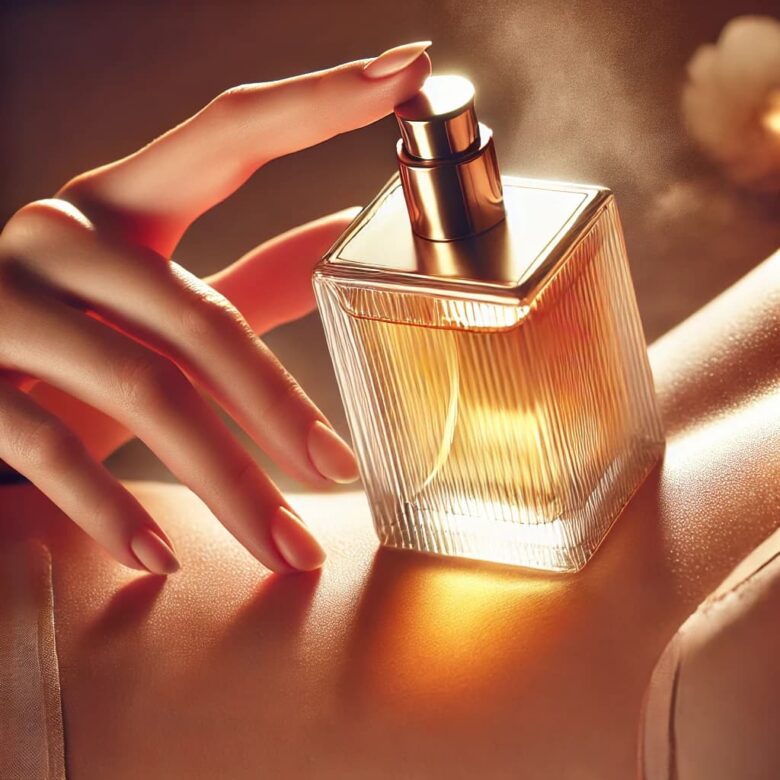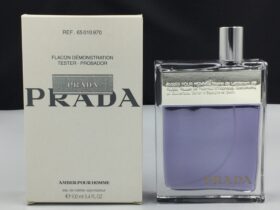Understanding the Chemistry of Perfumes and Skin
Perfume is much more than a fragrant accessory; it is a complex blend of aromatic compounds, alcohol, and fixatives that interact uniquely with each individual’s skin chemistry. The way a fragrance develops and lingers on the skin is influenced by numerous factors, including pH balance, skin hydration, body temperature, and even diet.
The Role of Skin pH in Fragrance Development
Each person has a unique skin pH, which can affect how a fragrance smells and lasts. The natural acidity or alkalinity of the skin can either amplify or dampen certain fragrance notes. Typically, skin pH ranges from 4.5 to 5.5, but variations can occur due to skincare products, diet, and genetics. More acidic skin can make citrus and floral notes sharper, while alkaline skin may enhance woody and musky accords.
Impact of Skin Type on Fragrance Longevity
Oily Skin
Those with oily skin generally experience better fragrance longevity. The natural oils help retain and diffuse perfume molecules more effectively, making the scent richer and longer-lasting. This skin type is particularly favorable for light, citrusy, and fresh fragrances, as it prevents them from evaporating too quickly.
Dry Skin
Conversely, dry skin tends to absorb fragrance quickly, causing it to fade faster. People with dry skin should opt for perfumes with stronger base notes, such as vanilla, amber, and musk, which have better staying power. Additionally, moisturizing the skin before applying perfume can significantly improve longevity.
Combination Skin
For individuals with combination skin, the way a fragrance develops can be unpredictable. Certain areas of the body may hold onto scent longer than others, so experimenting with application points can optimize fragrance wear.
How Temperature Affects Perfume Projection
Body temperature plays a crucial role in how a perfume unfolds. Heat amplifies fragrance molecules, intensifying top and heart notes. This is why pulse points—such as the wrists, neck, behind the ears, and the inner elbows—are ideal application spots. These areas generate warmth, helping to disperse the scent effectively.
During warmer seasons, lighter fragrances like citrus, aquatic, and green scents perform better, whereas in colder months, rich, spicy, and gourmand fragrances hold their depth and warmth better.
The Influence of Diet and Lifestyle on Fragrance Development
Surprisingly, diet and lifestyle can impact how perfumes interact with skin. Spicy, garlic-heavy, or highly processed diets can alter the natural scent of the skin, affecting how a perfume develops. A clean, balanced diet rich in fruits and hydration allows a fragrance to remain truer to its original composition.
Alcohol and Smoking
Alcohol and smoking can dry out the skin and change its natural scent. Smokers may find that perfumes take on a slightly ashy or burnt undertone, while excessive alcohol consumption can make skin more acidic, which might cause fragrances to dissipate faster.
Fragrance Notes and Their Reaction to Skin Chemistry
Top Notes
Top notes are the first impression of a perfume, usually consisting of light, volatile ingredients such as citrus, herbs, and green accords. These notes are most affected by body heat and tend to fade quickly.
Heart Notes
The middle or heart notes emerge as the top notes evaporate. Florals, spices, and fruity notes often dominate this phase, reacting uniquely based on skin temperature and pH levels.
Base Notes
Base notes provide depth and longevity to a fragrance. Ingredients like musk, vanilla, amber, sandalwood, and oud tend to linger the longest, interacting with the skin’s natural oils for an extended-lasting effect.
Maximizing Perfume Performance on Skin
To ensure optimal fragrance longevity and projection, consider the following application techniques:
1. Apply Perfume on Moisturized Skin
Dry skin absorbs perfume too quickly. Using an unscented lotion or petroleum jelly before application helps lock in the fragrance.
2. Target Pulse Points
Applying perfume to pulse points—where blood vessels are closest to the skin—enhances diffusion. These areas include the wrists, neck, inner elbows, and behind the knees.
3. Layering Fragrances
Using matching body lotions, oils, or scented powders can help intensify and prolong the fragrance.
4. Avoid Rubbing Wrists Together
Rubbing wrists after applying perfume can break down the molecules and cause the fragrance to evaporate faster.
5. Store Perfume Properly
Perfume should be stored in a cool, dark place, away from heat and direct sunlight, to maintain its composition and strength over time.
How Different Perfume Types Interact With Skin
Eau de Cologne (EDC)
- Contains 2-5% fragrance oil
- Light and fleeting, best for frequent reapplication
Eau de Toilette (EDT)
- Contains 5-15% fragrance oil
- Offers moderate longevity, ideal for daytime wear
Eau de Parfum (EDP)
- Contains 15-20% fragrance oil
- Lasts longer on the skin and projects well
Parfum (Extrait de Parfum)
- Contains 20-30% fragrance oil
- Highly concentrated, offering the longest-lasting scent
Understanding how perfumes interact with skin chemistry helps in selecting the right fragrance for your body type, ensuring a personalized and long-lasting scent experience. By considering factors such as pH balance, skin type, body temperature, and lifestyle, one can enhance the performance and longevity of their favorite perfume.









Leave a Reply